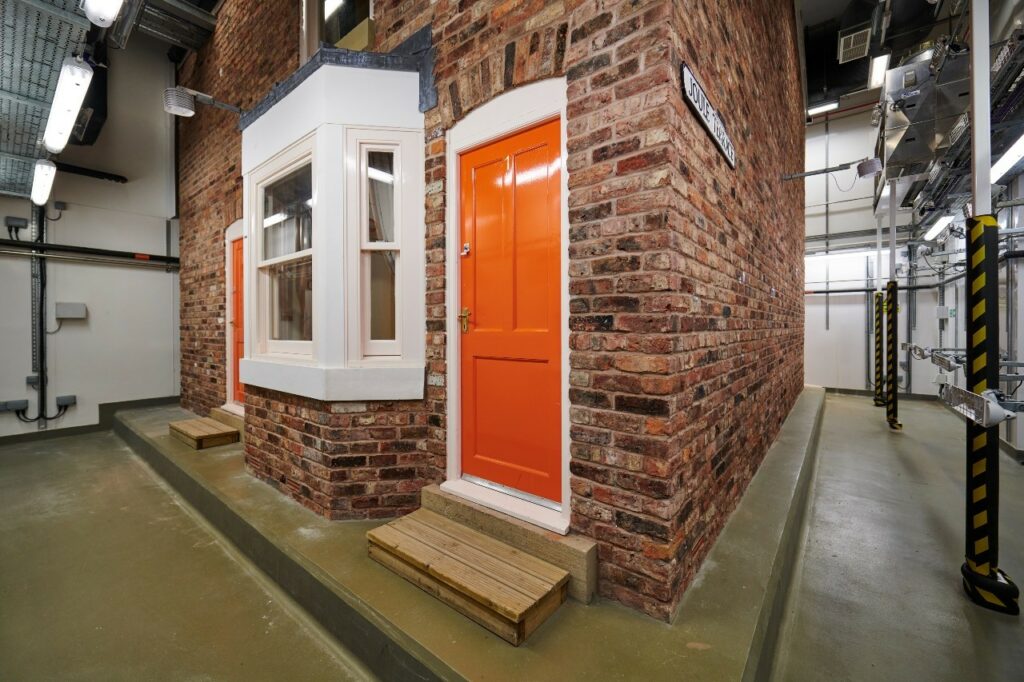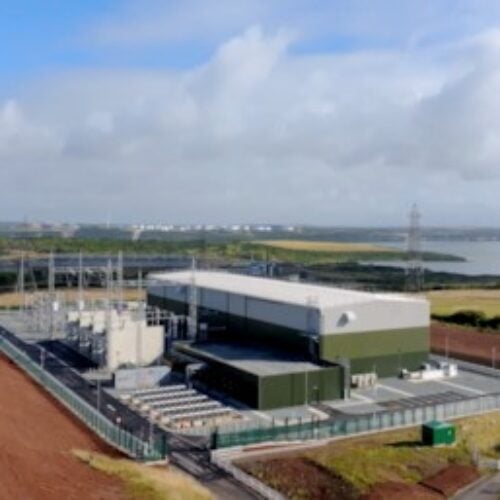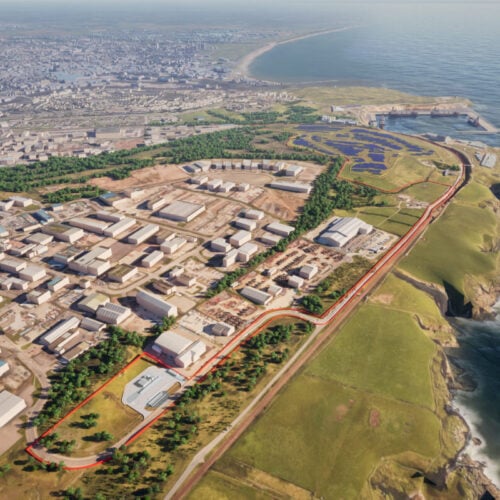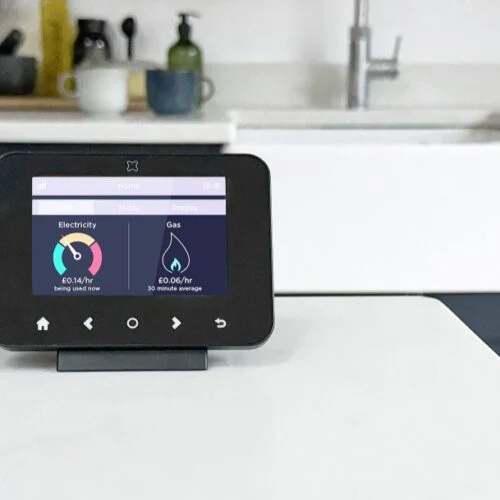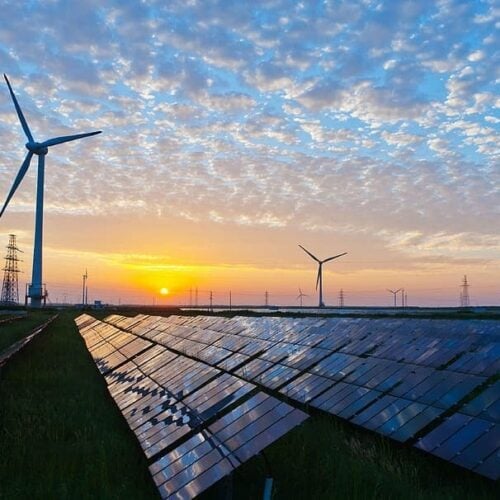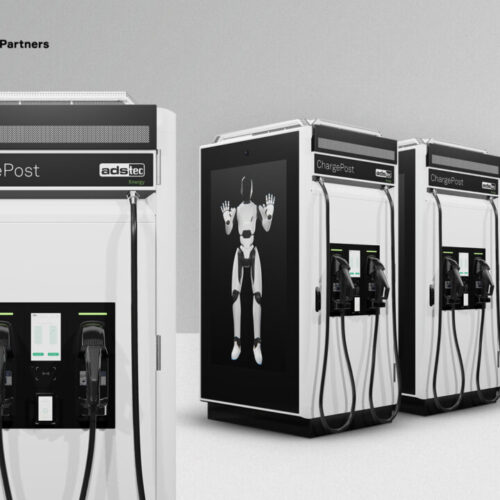University of Salford breaks ground on the Energy House 2.0, a major new research facility focused on energy use in the UK.
The £16 million test laboratory will allow scientists to change the weather conditions surrounding four furnished houses that will sit within two chambers. Within these chambers, a state-of-the-art heating, ventilating and air conditioning system will allow temperature to plunge to -20°C or be raised to 40°C.
Additionally academics from the University of Salford, where the test centre is being built, will be able to create snow, rain, wind or solar exposure in two giant chambers, which collectively have a footprint of more than 1,000 square meters.
Throughout these extreme weather changes, the researchers will be able to gain insight into how insulation materials, smart energy products and batteries respond to climate conditions that mirror those of 95% of the worlds population.
The houses will be fitted with smart energy technology including smart meters, in-home displays and vehicle-to-grid (V2G) solutions, all of which will be powered by 100% renewable energy on a time-of-use tariff from Octopus Energy, whose future technologies division is a main partner in the project.
The Rt Hon Kwasi Kwarteng, minister for business, energy and clean growth said he was delighted to see the launch of the Energy House 2.0 project as decarbonising buildings is “critical to reaching net zero emissions by 2050”.
“As we look to build back better from COVID-19, I look forward to seeing how Energy House 2.0 will support businesses regionally, nationally and internationally to deliver a step change in energy efficiency in buildings and create growth and jobs in the green economy.”
A key part of the design of the Energy House 2.0 is that the chambers have car parking space for electric vehicles that will allow them to be connected to the homes to test V2G technology. This will build on research undertaken at Salford University’s previous Energy House.
In 2019, research from this house – initially built by the university in 2011, giving them almost a decade of experience – showed that UK households could save up to £300 a year using V2G technology.
Professor William Swan, director of Energy House Laboratories at the University of Salford explained that controlled conditions allows the university to repeat experiments in a way that cannot be done outside.
“We can cut study times from years to a matter of weeks. This type of capability allows us to support low carbon innovation in a way that is not possible elsewhere.”
It’s hoped that the Energy House 2.0 project – the largest of its kind in Europe, and part-funded by the European Regional Development Fund – will help shape the homes of the future, helping the UK to reach net zero carbon emissions faster and alleviate fuel poverty.
This is a sentiment echoed by Mayor of Greater Manchester, Andy Burnham, who has advocated for the work being undertaken by the team at Energy House. Speaking of the project, he highlighted the need for buildings to become more energy efficient and use renewable energy more effectively if Greater Manchester is to hit its carbon neutral target by 2038.
“The Energy House team at the University of Salford have been big supporters of the green city-region agenda in Greater Manchester,” he continued.
“They have contributed significantly to the development our environmental plans and are one of the founding partners of our new Energy Innovation Agency.
“I am therefore delighted to be able to play a role in the launch of Energy House 2.0. It is an exciting new facility that will not only help to secure a greener Greater Manchester but will put our city-region on the map as an international leader in improving the energy efficiency of our homes and buildings.”
The construction of the research facility is expected to be completed in Autumn 2021.
